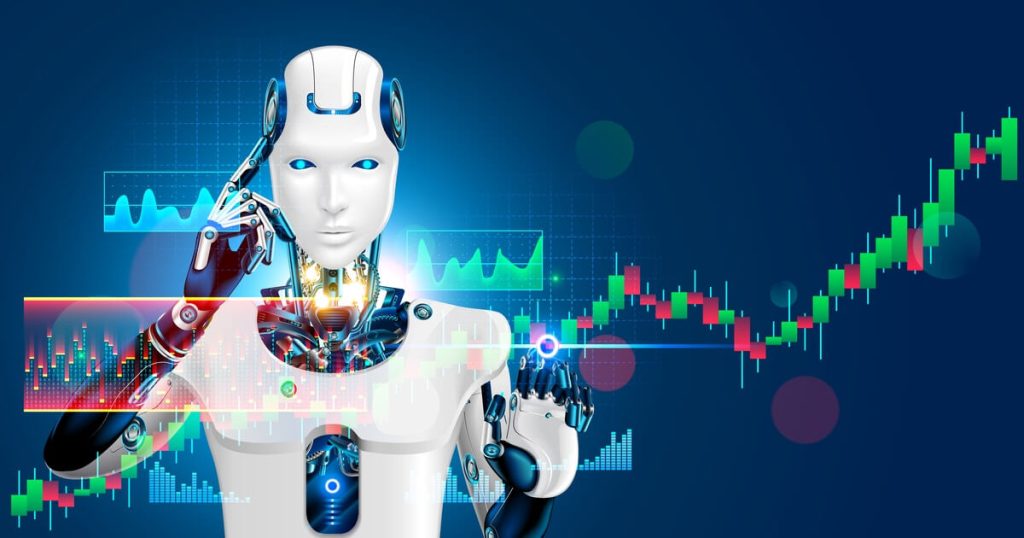From a business perspective, the implications of generative AI are profound, offering both opportunities and challenges. Market analysis by Gartner in May 2023 predicts that by 2025, over 50 percent of enterprise software will incorporate generative AI capabilities, creating a market worth over 150 billion dollars. This presents a massive opportunity for monetization, particularly for SaaS companies that can offer AI-powered tools for content generation or data insights. However, implementation challenges remain significant. Businesses must invest in infrastructure and talent to deploy AI effectively, with costs for enterprise-grade AI solutions often exceeding millions of dollars annually, as highlighted by Deloitte in a 2023 survey. Additionally, regulatory considerations are critical, as governments worldwide tighten data privacy laws like GDPR in Europe, which could impose fines of up to 4 percent of annual revenue for non-compliance. Ethically, the risk of bias in AI outputs and the potential for job displacement—estimated at 85 million jobs by 2025 per a World Economic Forum report from 2023—demand careful navigation. Companies must adopt best practices, such as transparent AI governance, to build trust and mitigate backlash. For industries like finance and healthcare, where accuracy is paramount, these challenges are even more pronounced, yet the rewards of enhanced decision-making and efficiency are driving adoption.
On the technical side, generative AI relies on transformer architectures and massive computational resources, often requiring thousands of GPUs for training, as detailed in a 2023 NVIDIA report. Implementation considerations include the need for robust data pipelines and continuous model fine-tuning to prevent degradation, a process that can take months and cost upwards of 500,000 dollars for mid-sized firms, per a 2023 IBM study. Future outlooks are promising yet complex; by 2026, AI models are expected to achieve near-human reasoning capabilities in specific domains, according to predictions from Stanford’s AI Index in April 2023. This could unlock applications in legal analysis and medical diagnostics, but it also raises concerns about accountability and misuse. Competitive dynamics are intense, with key players like Microsoft, Google, and emerging startups like Anthropic vying for market share. Businesses must strategize on partnerships or in-house development to stay ahead. Looking forward, the integration of AI with edge computing and IoT, projected to grow by 25 percent annually through 2027 per IDC’s 2023 forecast, could redefine real-time decision-making in manufacturing and logistics. While the road ahead is fraught with technical and ethical hurdles, the potential for AI to drive innovation and profitability remains unparalleled, making it a cornerstone of business strategy in the coming decade.
FAQ Section:
What industries are most impacted by generative AI in 2023?
Generative AI is significantly impacting industries like marketing, where automated content creation saves up to 40 percent of production time, and healthcare, where AI assists in drug discovery, cutting research timelines by years, as reported by McKinsey in 2023.
How can businesses monetize AI technologies effectively?
Businesses can monetize AI by offering subscription-based tools for automation, integrating AI into existing products, or providing consulting services for AI adoption, with SaaS models projected to dominate by 2025, per Gartner’s May 2023 analysis.

